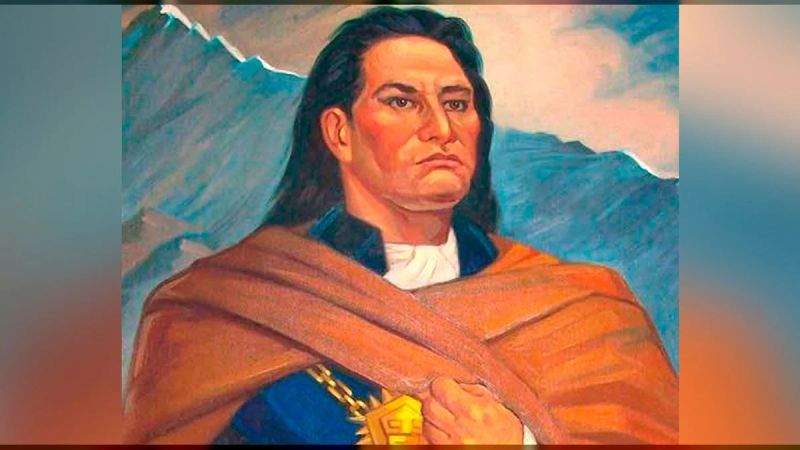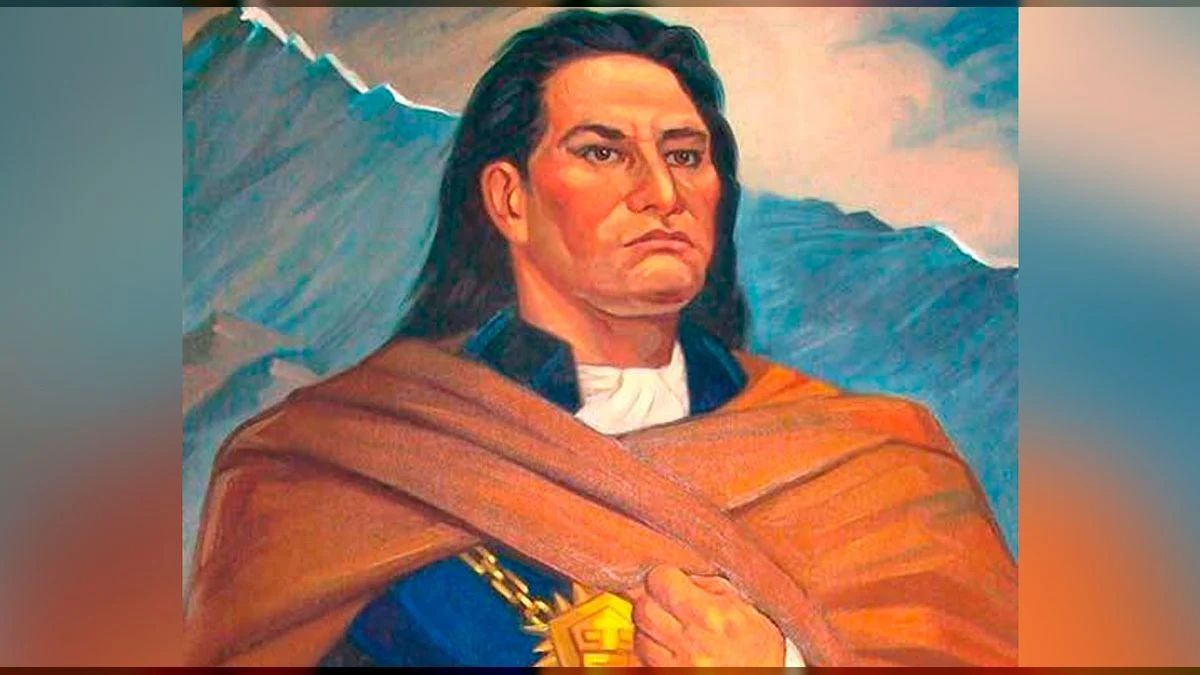In 1780, the Tupac Amaru II rebellion broke out.


Internet

Published at: 04/11/2024 08:16 AM
Túpac Amaru II was the indigenous leader of the largest uprising in Spanish America in the 18th century. This revolution has its origins in 1779, when in his capacity as cacique of Surimana, Tungasuca and Pampamarca, he requested the abolition of “mita” from the Spanish authorities and his voice was not heard. But it was November 4, 1780, when it exploded, with the execution of the magistrate of Tinta, Antonio Arriaga.
Twelve days later, on November 16, Túpac Amaru II enacted the abolition of slavery, from the Sanctuary of Tungasuca, in the Cusco province of Tinta. This made him the first authority in the world to carry out this act of social justice.
After the victory of his troops in the battle of Sangarará and the siege of Cusco, Túpac Amaru II was captured in Langui in an ambush prepared by Francisco Santa Cruz, his friend, in complicity with the priest of Langui, Antonio Martínez. Micaela Bastidas, his wife and also leader of the movement, was arrested on the road to Livitaca with her children Hipolito and Fernando. Likewise, the Chief of Acos, Tomasa Tito Condemayta. The traitors led the prisoners to the presence of the Mariscal del Valle, in Tinta.
The death of José Gabriel Condorcanqui and his family, at the hands of Europeans, was cruel and inhumane. Túpac Amaru was forced to witness his loved ones being tortured and killed. The soldiers then cut off his tongue as punishment for having spoken against the king, and tied the limbs of the famous Inca chief to four horses in order to dismember him alive.
This atrocious idea could not be concluded, so they decided to behead him, stick his head in a spear, tear him to pieces and send his four members to four different cities: Tungusaca, Carabaya, Livitaca and Santa Rosa.
Despite killing him, the Túpac Amaru rebellion remained in the minds and memories of the indigenous population. This enormous movement, which filled the oppressed Peruvians with hope, forced the viceroyalty to implement changes in the political/administrative system. This resulted in the suppression of the magistrates, and the regime of mayors was established. In addition, the Audiencia del Cusco was created, where cases of abuse against indigenous people were aired
Mazo News Team